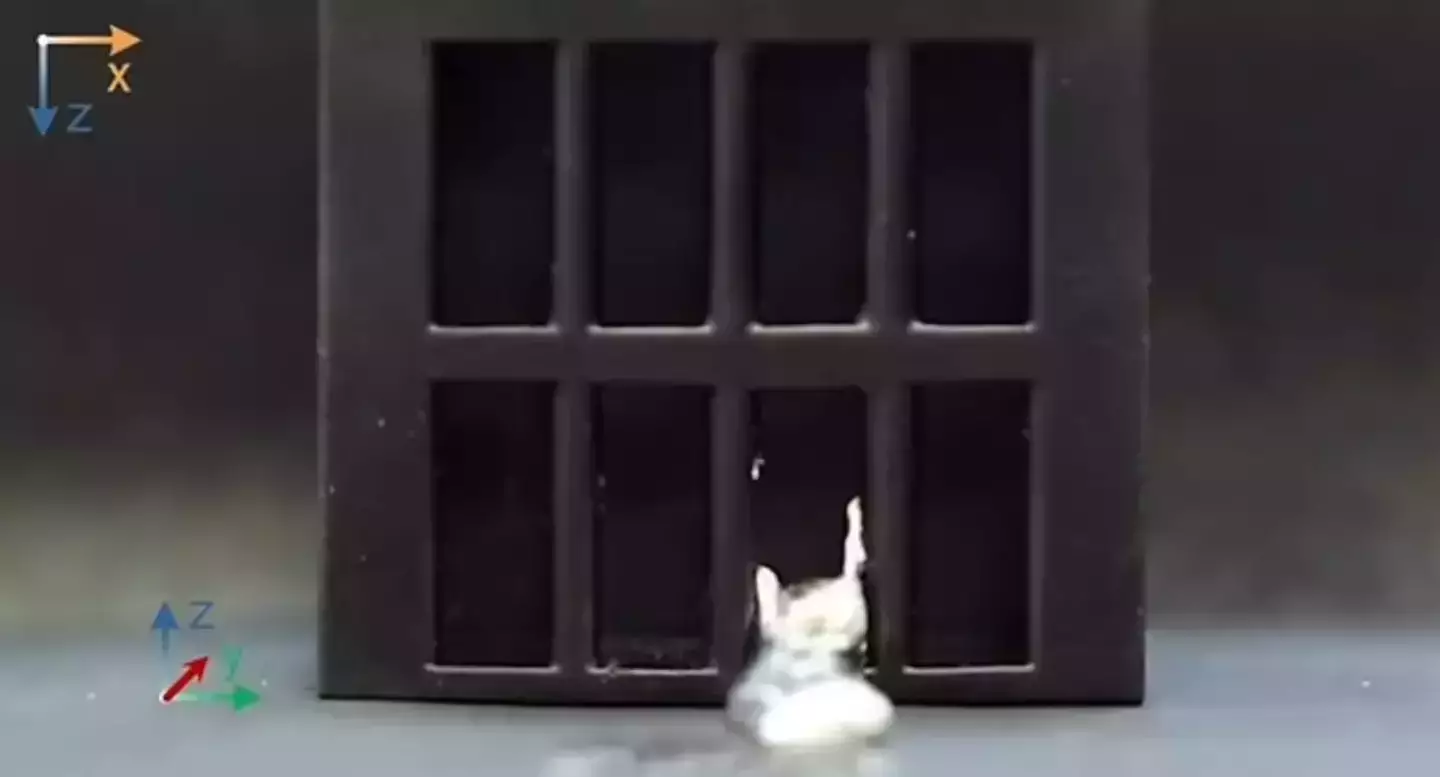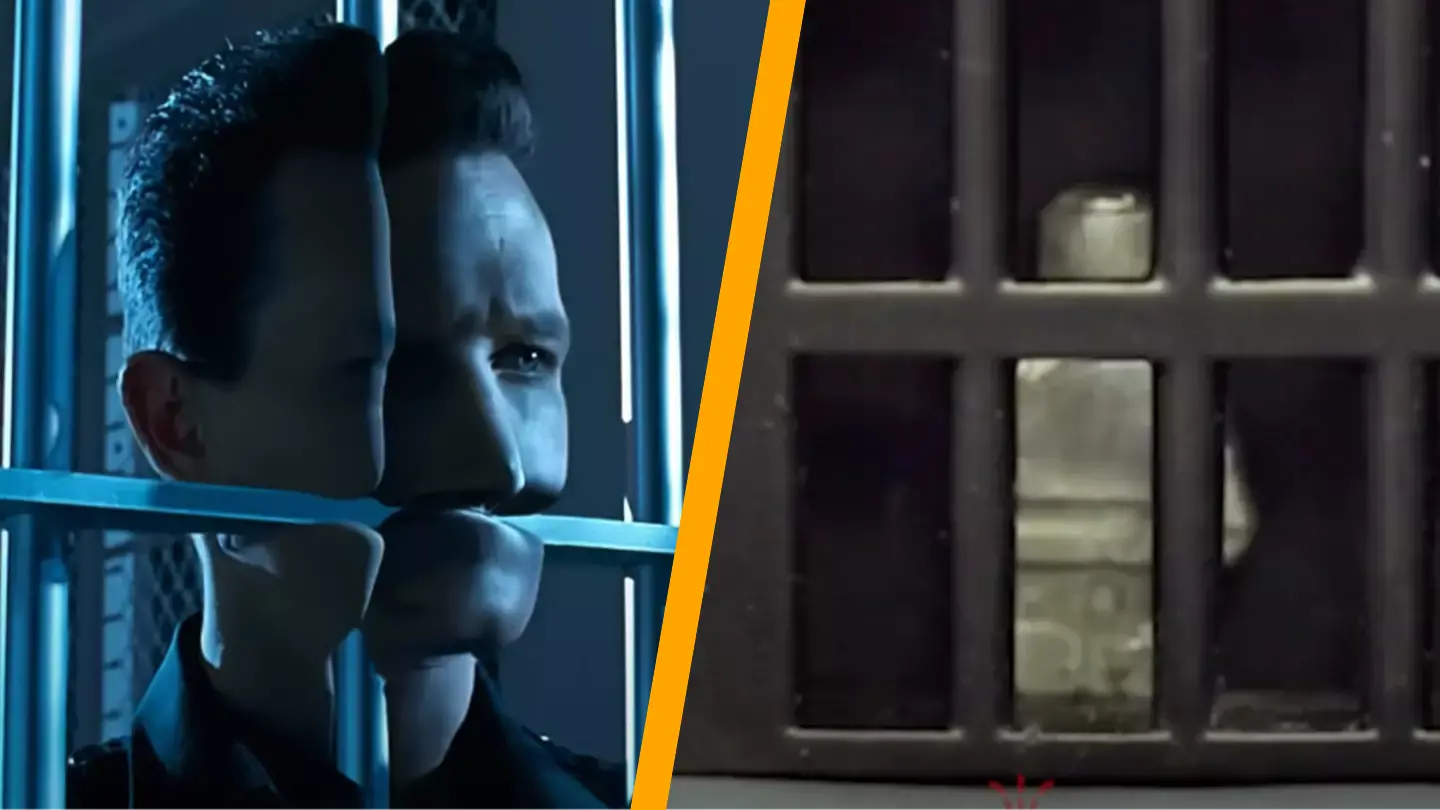A team of scientists has drawn inspiration from the James Cameron film to bring us closer to a dystopian future. Sometimes, life imitates art, and other times, it’s the reverse.
However, when it comes to James Cameron’s Terminator series, it’s probably wise to keep some technological nightmares confined to fiction.
Despite this, last year, researchers from Carnegie Mellon University in the USA and the Chinese University of Hong Kong made a groundbreaking discovery in material science.
This discovery isn’t just any ordinary material; it can replicate the capabilities of the T-1000.
The famous quote from Jurassic Park by Ian Malcolm frequently comes to mind when discussing modern technology: “Your scientists were so preoccupied with whether or not they could that they didn’t stop to think if they should.”
So perhaps they shouldn’t have gone down this path, but curious minds will always explore.
Interestingly, these melting robots could potentially save lives with their newfound abilities, so it’s not entirely negative.
A video shared by the researchers shows a tiny robot, reminiscent of a T-1000 Terminator, escaping from a miniature jail cell.
The robot melts into a liquid to pass through bars before solidifying once again upon escaping.
Movie enthusiasts will recall the iconic scene from Terminator 2: Judgment Day where the T-1000 morphs into a liquid to slip through bars while pursuing Sarah Connor.

Researchers have reassured everyone that their mini-robot wasn’t designed to harm John Connor, which is a relief.
Professor Carmel Majidi, a senior author, explained the science behind the shape-shifting robot, emphasizing the role of magnetic particles in its transformation process.
“One is that they make the material responsive to an alternating magnetic field, so you can, through induction, heat up the material and cause the phase change,” she mentioned, according to Matter.
“But the magnetic particles also give the robots mobility and the ability to move in response to the magnetic field.”

She further added: “Future work should further explore how these robots could be used within a biomedical context.”
“What we’re showing are just one-off demonstrations, proofs of concept, but much more study will be required to delve into how this could actually be used for drug delivery or for removing foreign objects.”
Doctor Chengfeng Pan elaborated on how the robot could be applied in contemporary medicine.
“Giving robots the ability to switch between liquid and solid states endows them with more functionality,” he stated, as reported by Matter.
“Now, we’re pushing this material system in more practical ways to solve some very specific medical and engineering problems.”

